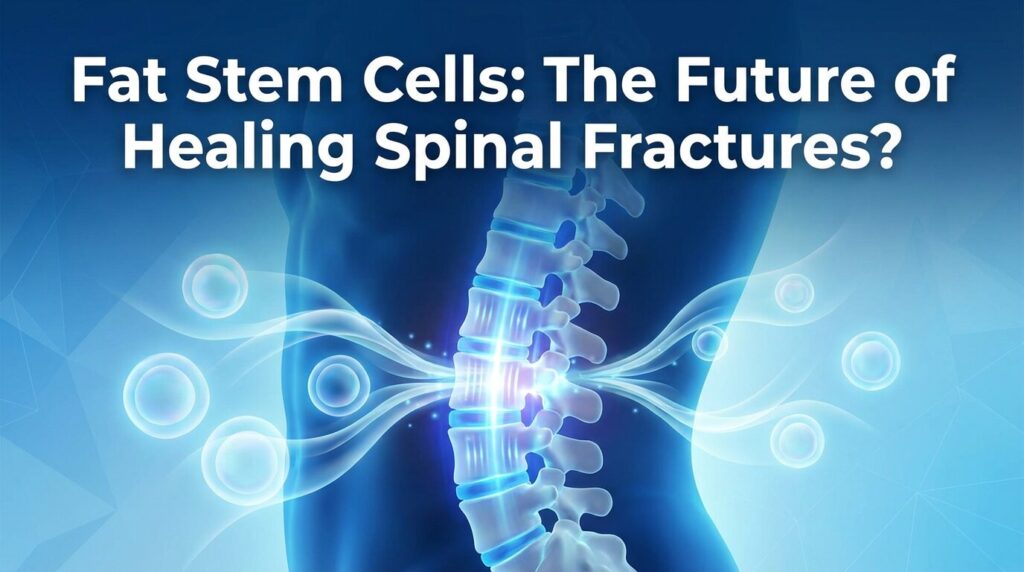Kirk Cousins, the quarterback for the Minnesota Vikings, recently traveled to Antigua for stem cell treatment following a devastating Achilles injury he suffered in October. This journey highlights the growing interest and use of stem cell therapy in sports medicine, particularly for recovery and enhancement of overall health.
The video from KARE 11 News details Cousins’ decision to seek treatment outside the United States, as there are challenges in obtaining this type of treatment domestically. Antigua, known for its beautiful beaches, is also becoming a destination for medical tourism, particularly for treatments like stem cell therapy.
Dr. Chad Prodromos of the Prodromos Stem Cell Institute in Chicago recommended the treatment to Cousins. The stem cells used are sourced from a Colorado-based tissue bank and are FDA approved. However, for individual use in treatments like Cousins’, there is a need for individualized FDA approval, which often involves clinical trials. These trials can be extremely expensive and are usually industry-funded. Due to the lack of an FDA-approved trial study in the U.S. for Cousins’ specific condition, the treatment was sought in Antigua.
The stem cells have the potential to aid healing and are beneficial in enhancing overall health and recovery. This is a key reason why many football players and athletes turn to stem cell therapy. Cousins expressed his hope that the treatment in Antigua would not necessarily speed up his healing process but ensure that his Achilles is as strong as possible for his return to football.
This case sheds light on the broader implications of stem cell therapy in sports medicine and the challenges
and opportunities it presents. While the treatment offers promising benefits for injury recovery and health enhancement, the regulatory and financial hurdles in accessing such treatments in the U.S. drive athletes to seek options abroad. Cousins’ journey to Antigua for stem cell therapy not only aids his personal recovery but also contributes to the growing medical tourism industry in regions offering these treatments.
The use of stem cells in treating sports injuries like Cousins’ Achilles issue represents a significant advancement in medical science. These cells’ ability to potentially enhance healing and improve overall health makes them a valuable tool for athletes looking to extend their careers and recover from injuries more effectively.
However, the need for individualized FDA approval and the high costs associated with clinical trials highlight the complexities and limitations currently faced in the field of regenerative medicine. As more athletes like Kirk Cousins turn to stem cell therapy, it may prompt further research, development, and possibly more accessible treatment options in the future.
This case of Kirk Cousins’ stem cell treatment in Antigua not only underscores the potential of regenerative medicine in sports but also the evolving landscape of global medical tourism, driven by the pursuit of cutting-edge treatments not readily available or approved in one’s home country.


